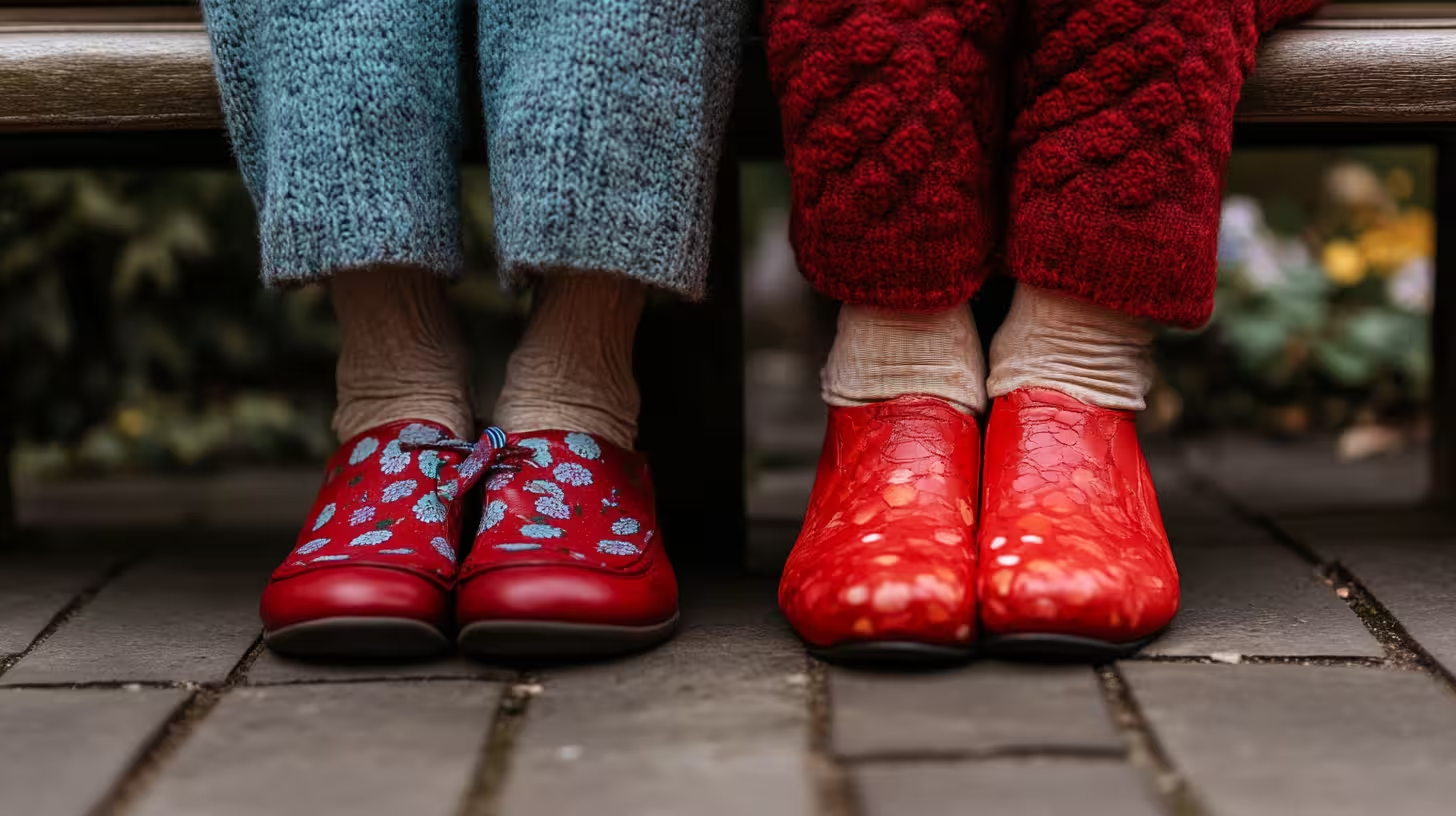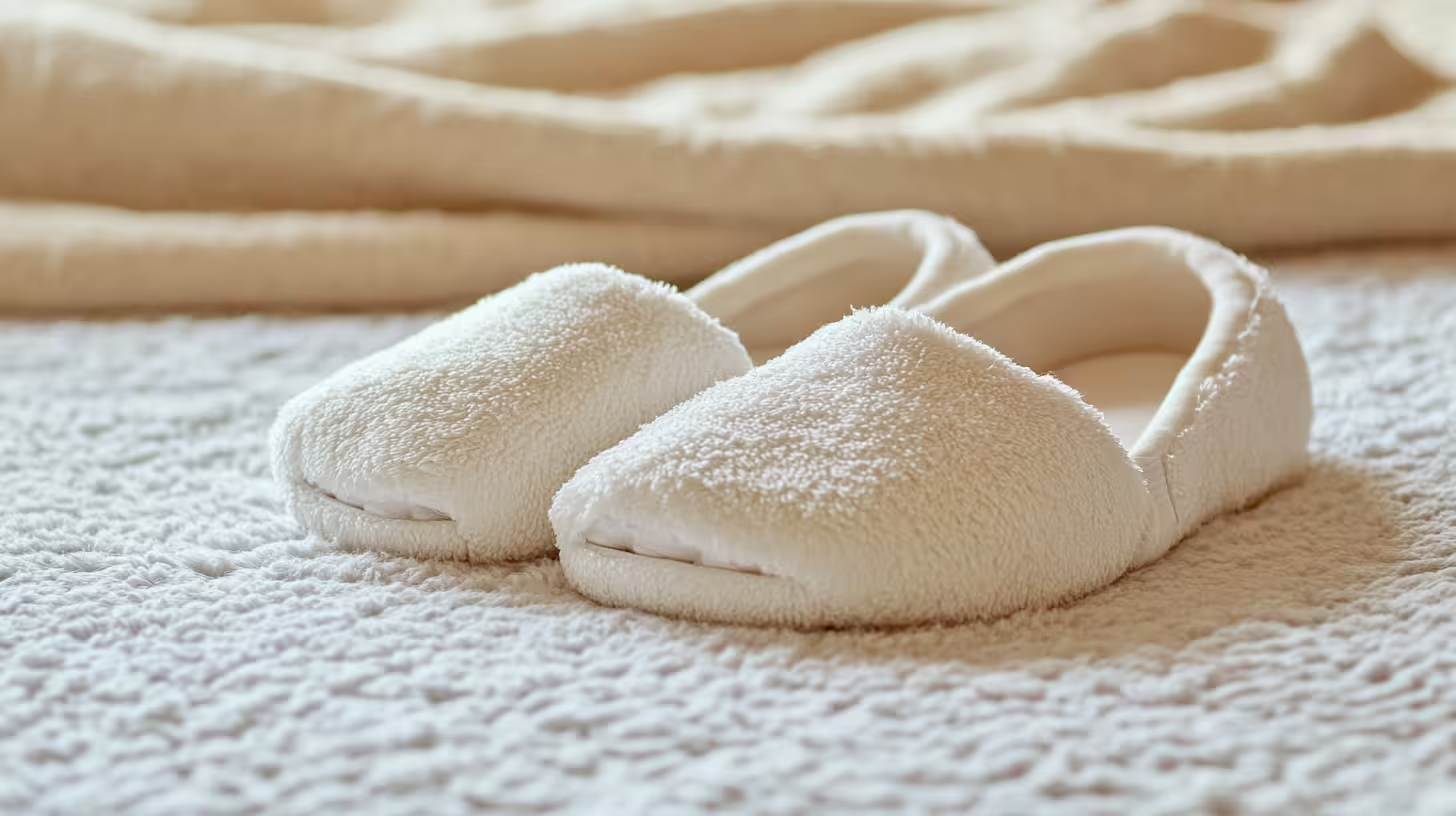As we age, our feet undergo significant changes that can impact comfort, mobility, and overall well-being. Selecting the right footwear is essential for maintaining stability, preventing injuries, and addressing common foot health concerns. This article explores why senior footwear matters, common foot-related issues, key features to look for, and the best footwear options for older adults.
Why Senior Footwear Matters
Age-Related Foot Changes
Aging brings natural changes to foot structure and function. The arches may flatten, leading to shifts in foot shape, while the protective fat pads on the soles thin out, reducing natural cushioning. Circulatory issues may also arise, causing increased sensitivity to temperature changes and swelling. These factors highlight the need for footwear that provides adequate support and cushioning.
Prevention of Falls and Injuries
Falls are a major concern for seniors, and the right shoes can significantly reduce the risk. Supportive shoes help maintain balance, while non-slip soles provide traction on various surfaces, preventing slips and falls.
Relief for Common Foot Problems
Many seniors experience foot conditions such as bunions, plantar fasciitis, or diabetic neuropathy. Footwear with extra depth, ample cushioning, and adjustable features can alleviate pain and improve comfort.
Common Foot Health Concerns for Seniors
Bunions
Bunions develop as a bony bump at the base of the big toe, often causing pain and discomfort. Shoes with wide or stretchy toe boxes can help reduce pressure on the affected area.
Plantar Fasciitis
This condition involves inflammation of the tissue running along the bottom of the foot. Proper arch support and cushioned insoles can relieve discomfort and improve foot function.
Diabetic Foot Concerns
Diabetes can lead to poor circulation and nerve damage, increasing the risk of sores and infections. Diabetic-friendly footwear typically features seamless interiors and removable insoles to accommodate custom orthotics.
Arthritis
Arthritis in the feet can cause stiffness and pain. Shoes with shock-absorbing soles and supportive midsoles can reduce joint stress and enhance mobility.
Key Factors When Choosing Senior Footwear
Comfort and Cushioning
Look for insoles made from materials like memory foam or gel for shock absorption. Cushioning in the heel and forefoot helps reduce impact on joints.
Support and Stability
A firm heel counter keeps the foot stable, while built-in arch support prevents overpronation (excessive inward rolling of the foot).
Fit and Width
Seniors should measure their feet regularly, as size and shape can change over time. Shoes with multiple width options and adjustable features (such as laces or Velcro closures) accommodate swelling and irregularities.
Traction and Slip Resistance
Outsoles made from rubber or other slip-resistant materials provide better grip, while grooved tread patterns enhance stability on slippery or uneven surfaces.
Ease of Use
Slip-on shoes, hook-and-loop (Velcro) closures, and zippers make it easier for seniors with limited hand dexterity to put on and remove shoes. Lightweight materials also help reduce fatigue.
Breathability and Hygiene
Breathable materials like leather and mesh prevent moisture buildup, while moisture-wicking linings keep feet dry and comfortable.
Different Styles of Footwear for Seniors
Walking Shoes
Ideal for daily activities, walking shoes offer cushioned soles, flexible midsoles, and reliable arch support.
Slip-On Shoes and Loafers
These are convenient for casual wear and feature elastic side panels for easy on/off functionality.
Velcro or Hook-and-Loop Closure Shoes
Adjustable fastenings accommodate swelling and varying foot widths while simplifying shoe adjustments.
Orthopedic and Diabetic Shoes
Designed with deep toe boxes, removable insoles, and minimal interior seams, these shoes minimize irritation and provide enhanced comfort.
Supportive Sandals
Sandals with built-in arch support, contoured footbeds, and adjustable straps are great for warm weather. Ensure they have slip-resistant soles for added safety.
Boots for Seniors
Boots provide ankle support and insulation for colder climates. Slip-resistant soles enhance stability on wet or icy surfaces.
Popular Brands and Where to Shop
Senior-Focused and Comfort-Oriented Brands
- Propet – Offers a variety of sizes and widths, with easy-to-use closures.
- Orthofeet – Specializes in orthopedic and diabetic-friendly designs with advanced cushioning.
- Dr. Comfort – Known for diabetic footwear with extra depth and seamless interiors.
- New Balance – Provides wide-size options, arch support, and ample cushioning.
- Skechers – Features memory foam inserts and slip-on styles for convenience.
Specialty Retailers
Specialized websites and stores focus on orthopedic and diabetic-friendly footwear. Many online retailers provide free return policies and detailed sizing charts for added convenience.
Tips for the Perfect Fit
Measure Your Feet Periodically
Foot size and shape change with age. Measure both feet (as they can differ slightly) at the end of the day when swelling is most likely.
Test Shoes Before Purchase
Walk around to assess comfort and support. Shoes should feel good immediately—tight or stiff options may lead to discomfort later.
Considering Orthotics
Custom orthotics may be necessary for specific foot conditions. Ensure shoes have removable footbeds or enough depth to accommodate inserts.
Foot Health Maintenance
Regularly inspect feet for cuts, calluses, or abnormalities, especially for those with diabetes. Replace shoes when they show signs of wear or no longer provide adequate support.
Additional Considerations
Fashion vs. Function
Modern senior footwear blends comfort with stylish designs, but safety and support should always be a priority.
Seasonal Adjustments
Choose footwear with strong traction for winter conditions and breathable options for warmer months to prevent sweating and discomfort.
Budget and Insurance Coverage
Certain therapeutic or diabetic footwear may be covered by Medicare or private insurance. Though quality orthopedic shoes can be costly, they offer long-term benefits in durability and comfort.
Conclusion
Selecting the right footwear is crucial for maintaining mobility, independence, and foot health as we age. Seniors face unique foot challenges, from structural changes to chronic conditions, that necessitate shoes with ample support, cushioning, and stability.
Key Takeaways:
- Measure feet regularly and seek professional advice when necessary.
- Invest in shoes that provide cushioning, arch support, and a secure fit.
- Choose brands specializing in senior or orthopedic-friendly footwear and consider orthotics if needed.
Staying active is key to a fulfilling life, and the right footwear ensures that seniors can continue walking, running errands, or simply moving comfortably and confidently every day.



